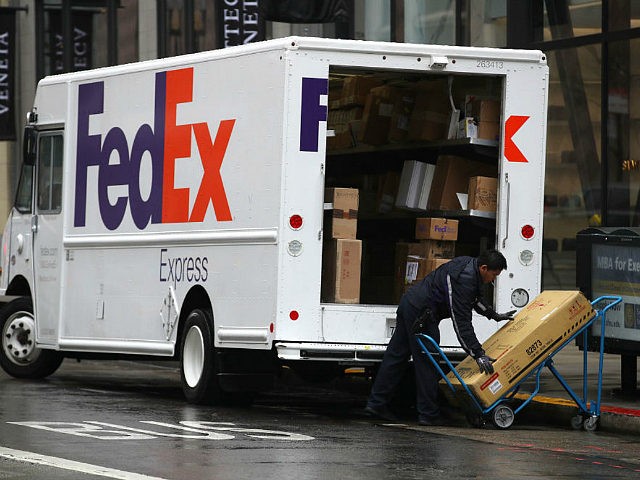FedEx said Thursday that it has managed to hire many more workers in recent months despite widespread reports of a national labor shortage.
It turns out that the trick to hiring workers is…wait for it…raising pay, offering better benefits, and giving workers more flexibility.
“Last week we exceeded 111,000 applications, the highest level in FedEx history. To put this in perspective, we had 52,000 applications the week of May the eighth,” FedEx chief operating officer Raj Subramaniam said in a phone call with analysts following the release of the company’s quarter results. “That has led to appropriate levels of staffing for peak, including hiring more than 60,000 front-line team members since we last spoke in September.”
Despite the massive hiring push and higher labor costs, FedEx’s quarterly results beat analyst forecasts. FedEx employs more than 600,000 people globally.
The company said higher wages contributed to the additional $470 million in costs in the quarter, above the $450 million increase in the previous quarter, but the company expects those cost pressures to moderate in the second half of its fiscal year.
“The difficult labor market once again had the largest effect on our bottom line, representing an estimated $470 million in additional year-over-year costs,” FedEx chief financial officer Mike Lenz said Thursday.
Lenz said that around $230 million of those higher costs came from higher wages and higher transportation rates paid to outside contractors. The rest was from inefficiencies caused by not having enough workers, which forced the company to reroute packages around areas with insufficient staffing and use third-party shippers more often.
The company said some of the increased costs will come off in the coming year due to improved efficiencies but the raises that brought in the flood of applications are here to stay.
“We’re not assuming any reduction in the base pay rates as it were of labor from the market because I think that’s well documented. That’s here to stay, and we’re managing to that going forward,” Lenz said.
One of the big benefits offered was increased flexibility. FedEx said that it expects this will help it keep employees on the payroll even after the peak season.
“Another aspect as we’ve aggressively addressed this situation is in terms of the flexibility, in terms of scheduling and engaging employees, such that it’s not as binary as full-time, part-time there. And that there’s the scheduling flexibility helps us well in terms of navigating labor availability when and where you need it.
Bad news for anyone hoping supply chain constraints will clear up soon: FedEx does not think that is going to happen.
“The supply chain constraints we’re seeing today are two-fold. One is because of the lack of supply of critical components like semiconductors and the second is because of the congestions we’re seeing in the port. Now as you know, FedEx gets out traffic a few miles downstream from the port, and that supply chain is actually flowing pretty good through the United States. Of course, we are also flying over the top and delivering high-value goods from the global economy through the system,” Subramaniam said. “We expect the supply chain constraints to stay for some time.”

COMMENTS
Please let us know if you're having issues with commenting.